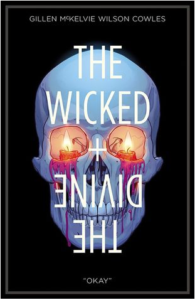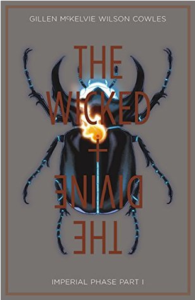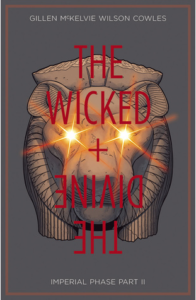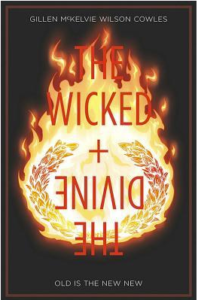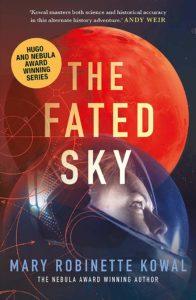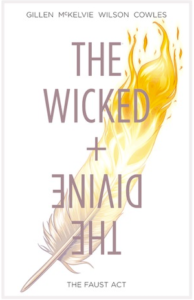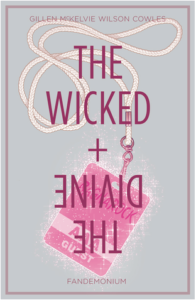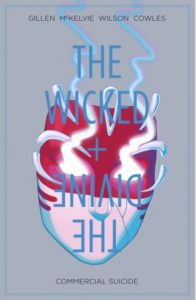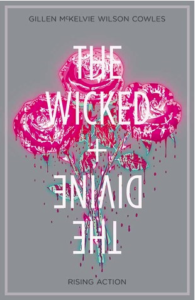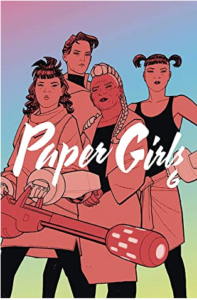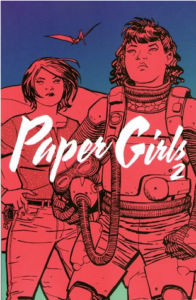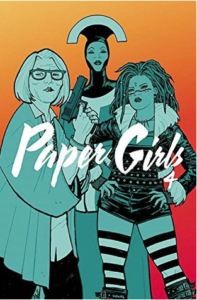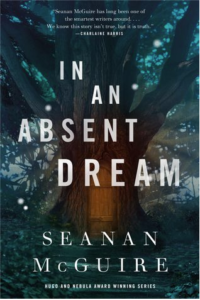When it comes to children’s books, for me, my most important criteria for judging a volume’s worth lies in whether or not I would give it to my kids to read. The answer in this case is a resounding yes, even as I found it less entertaining for myself due to the same lack of complexity that many kids would embrace as being the lack of a stumbling block to otherwise understanding this very cool universe.
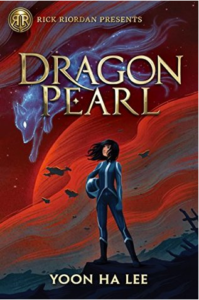 Dragon Pearl is the story of Kim Min, a fox spirit who along with the rest of her family on the dusty, half-terraformed planet of Junjin pretends to be fully human in order to quell any lingering generational mistrust of their species. Fox spirits have a reputation for being deceitful, what with their ability not only to shapeshift but also to Charm the people around them into believing whatever the fox spirits would have them believe. Min’s older brother Jun left to join the Imperial Space Forces so he could see the Thousand Worlds but, as the story opens, an investigator arrives at the Kim homestead, accusing him of desertion in search of the fabled Dragon Pearl. Min knows Jun would never do such a dishonorable thing, and embarks on a quest to find him and prove the truth, using her forbidden powers to help her along the way.
Dragon Pearl is the story of Kim Min, a fox spirit who along with the rest of her family on the dusty, half-terraformed planet of Junjin pretends to be fully human in order to quell any lingering generational mistrust of their species. Fox spirits have a reputation for being deceitful, what with their ability not only to shapeshift but also to Charm the people around them into believing whatever the fox spirits would have them believe. Min’s older brother Jun left to join the Imperial Space Forces so he could see the Thousand Worlds but, as the story opens, an investigator arrives at the Kim homestead, accusing him of desertion in search of the fabled Dragon Pearl. Min knows Jun would never do such a dishonorable thing, and embarks on a quest to find him and prove the truth, using her forbidden powers to help her along the way.
There are several interesting story beats as the novel races along to its conclusion but this is honestly the middle-grade version of your standard space opera, as Min rides her luck in pursuit of her brother. Kids not yet used to having their hearts broken by fiction will love this tale of a spunky heroine who carries the day by virtue of being a good, but not too good person. Fortunately, Dragon Pearl does boast two outstanding aspects that make it a worthwhile read for the more sophisticated reader: the fascinating mythos drawn from Korean culture, as well as the matter-of-fact way non-binary representation is handled. I’m pleased that my kids will be exposed to the normalization of both in the course of this rollicking tale.
And, as always, I’m happy to be reading a new Yoon Ha Lee, even as I shamefacedly admit to not yet having finished his Machineries of Empire trilogy. There are only so many hours in the day! But this was a nice reminder to go do that, as well as a pleasant stopgap to tide me over till I have time to get to Revenant Gun, as Doug has. As this was the first of the Lodestar Award for Best Young Adult Book nominees I was able to read, I’m not sure yet how it’ll fare against the rest of the field, but I’m looking forward to finding out! I would also definitely consider reading more of Min’s ongoing adventures, especially in tandem with my kids.

